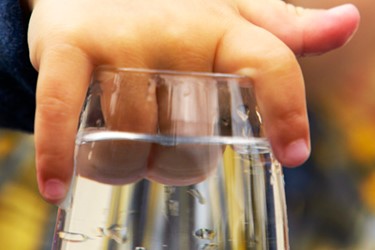Chlorate DBPs: Future-Proofing Water Disinfection For Chlorate Regulation

Chlorate (ClO3-) continues to be a muchwatched contaminant by both regulatory bodies and the water industry, with increasing attention in scientific studies and prevalence of potential chlorate-producing processes in food preparation, agriculture or within the water treatment process. Chlorate was added to the Third Chemical Contaminant List (CCL3) in 2010, indicating that the Environmental Protection Agency (EPA) is reviewing chlorate as a potential candidate for regulation under the Safe Drinking Water Act. In 2014, chlorate was evaluated as a candidate for regulation under the Regulatory Determinations 3 (RD 3) program, which indicates the EPA’s growing attention to chlorate. While there is no indication that chlorate is a potential carcinogen to humans, negative health impacts such as thyroid issues, reduced hemoglobin production, and reduced weight gain have been observed in laboratory animals subjected to prolonged exposure to chlorate.
Chlorate is a highly oxidized form of chlorine that can be introduced to a water source as an industrial or agricultural contaminant or into a finished water as a disinfection byproduct (DBP). As a DBP, chlorate can result from water disinfection with bulk sodium hypochlorite, chlorine dioxide, or hypochlorite formed through electrochlorination (EC) systems.
Get unlimited access to:
Enter your credentials below to log in. Not yet a member of Water Online? Subscribe today.
